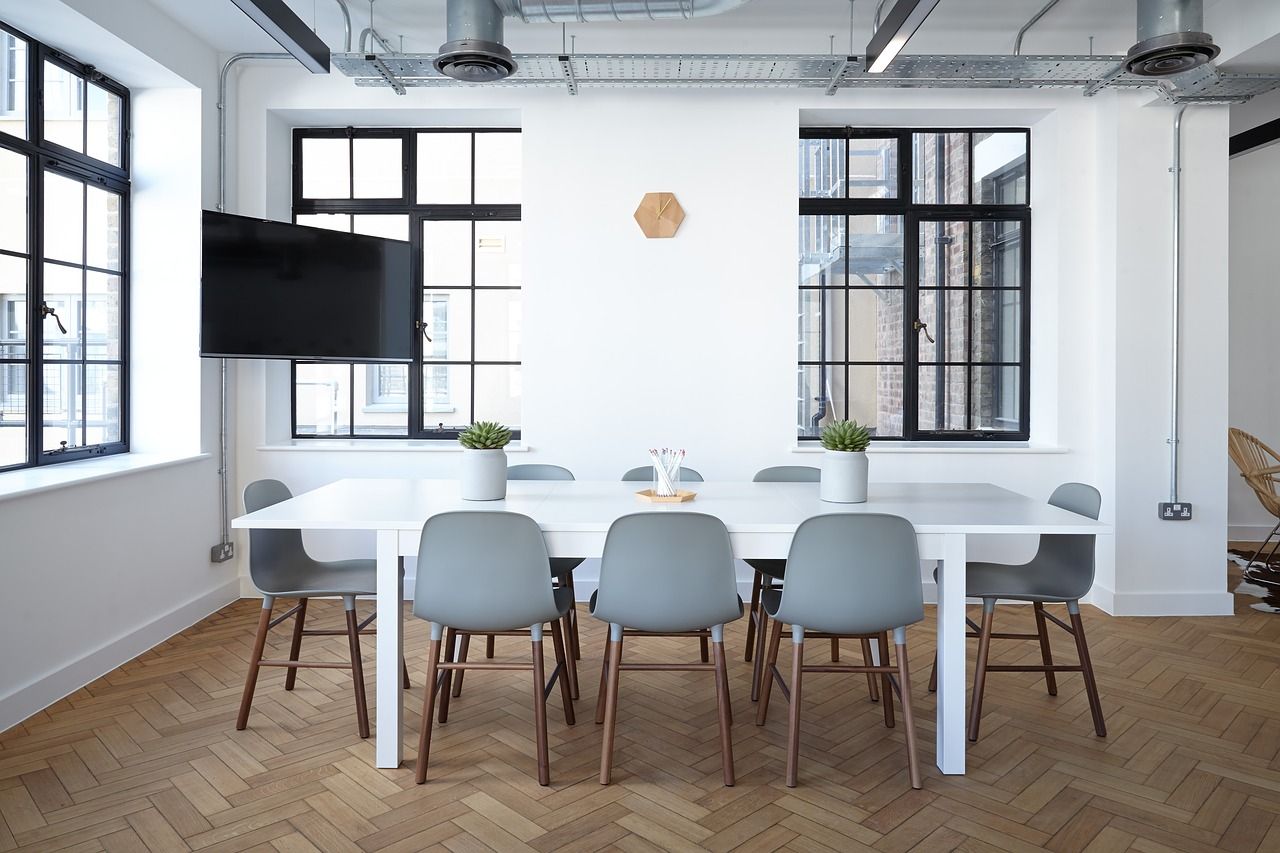The normalizing of virtual teams was one of the big cultural changes that came from the COVID-19 pandemic. Today, how we communicate has changed, and virtual video conferencing has become a tool many organizations use regularly to communicate with their dispersed teams and the clients they serve. Remote work and hybrid models, which merge working at home and in the office, are now widespread and not going away anytime soon. As our work models change, so does our need for collaboration tools that keep us together.
Video conferencing brings people together to collaborate, no matter where they are located. These tools combine the benefit of facial expression with the immediate communication that a traditional voice call offers over a text message or email. Video conferencing strengthens the human connections that bind us together; 98% of the workforce says that these tools help them engage with people and the work at hand.
While these virtual tools are easy to use, there are some tricks you’ll need as offices reopen and workforces reorganize for hybrid work models. Learning to set up a conference room for video conferencing will help you launch your next online meeting. This blog will help you understand conference room video conferencing systems and how they can enhance the next virtual meeting for your dispersed teams.
Conference Room Video Conferencing Systems 101
Having the right conference room display for your next on-site video conference will provide a more enjoyable and impressive professional experience. Having the right display screen can make all the difference. Some of the things to consider when purchasing your screen include:
· The size of the screen
· The type of display
· Where you mount it
Screen Sizes for Conference Room Video Monitors
When setting up a conference room for video conferencing, the size of the video conferencing display screen in your conference room should vary by the width and length of the room and where your attendees will be seated. Seating eight to 10 people generally takes a room size of at least 16 feet, more if you’re still requiring social distancing. In these cases, you should use a video conferencing system with monitors that are at least eight feet (96 inches) from corner to corner. Smaller group-huddle rooms can work with a screen size of 60 inches, which provides good bang for the buck from a cost perspective. Generally, here’s a guideline for monitor display, based on your room size:
· Small group breakout room: 42” to 50” screen
· Boardroom or conference room: 50” to 96” screen
· Auditorium: You should upgrade to an HD projector and screen rated to 2500 to 4500 lumens for a well-lighted space
You can also consider dual displays as part of this process. One screen could show the speaker and the other could display the other participants, for example.
Display Types for In-Office Video Conferencing
Once you’ve determined the size and where to mount your screens, the next step is to select the display type. There are three primary types of video conferencing displays:
· LCD screens are thin and light and have a long lifespan. The picture quality is great and you can buy screens at 60” and much larger.
· LED displays are more power efficient, usually with a higher Energy Star rating. You’ll notice the color contrast is sharper because these TVs have a wider color spectrum than LCD.
· Front projection displays life-size (or bigger!) images onto a 12-foot or larger screen. There’s a tradeoff, however, in that these screens have worse image resolution as the projection size increases. But for an auditorium venue, there is simply no other option that works as well. You will also need to source your sound equipment separately from the front projection equipment.
Where You Mount Your Video Conferencing Displays Matters
Mounting height is always an issue; consider that, for two-way video conferencing, you want everyone to be as close to eye level as possible. This is good from an ergonomics perspective—you don’t want your workforce to have chronic neck fatigue from craning up at a screen all day. You should use the in-computer video camera for individual participants or mount an external camera just below the display monitor to view the audience/room.

Designing the Audio for your Conference Room Video Conferencing System
Speakers and microphones are a critical part of any video conferencing setup. They contribute significantly to the collaboration that occurs between teams. What you select depends upon the size of the room and the number of participants. You can place speakers and microphones on the tables where participants sit, or have a sound bar placed below the video display screen. You could even run mics through the ceiling. Small rooms are easy—just add sound bars below the screen. But large rooms may need a daisy chain of interconnected audio devices, which adds to the overall complexity of your system design.
Considerations for your audio infrastructure should include whether the connection is wireless or wired. Also, think about sound quality to help reduce echoes and feedback. You don’t want the system to pick up ambient noise in the room and create a feedback loop.
Video Conferencing Camera Considerations
Finally, there are considerations around the type of video camera you use. In small breakout rooms, participants can use the built-in cameras on their individual laptops or other devices. But you can also place a room camera above the display. Small meeting rooms are usually pretty simple. Most video cameras have a narrow viewing angle, so checking the seating arrangement will be important. You can also select a camera with a 180-degree or 360-degree viewing angle. You can even buy these units with built-in speakers and an omnidirectional microphone in a neat, easy-to-install package.
Selecting a Video Conferencing Vendor for Your Conference Room Set-Up
The final step in designing your conference room video conferencing system is to select the video conferencing vendor who provides the virtual meeting. MegaMeeting has decades of experience in partnering with all kinds of businesses to provide a high-quality HD experience with all the bells and whistles your teams need to improve collaboration. Our secure video conferencing and webinar platform is web-based with no app-based downloads and can integrate with the tools you use every day. We’re so confident in the quality of our service, we offer a free trial to any company interested in a better virtual video conferencing solution. Just click here to see the free trial and get started with MegaMeeting.
